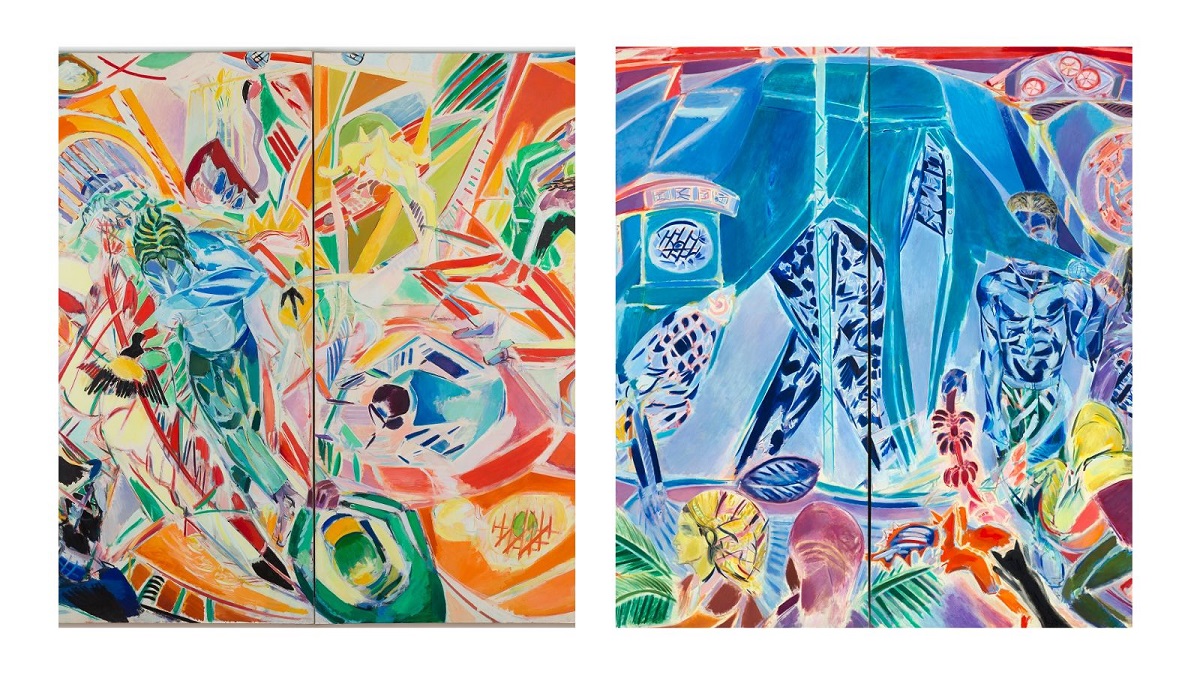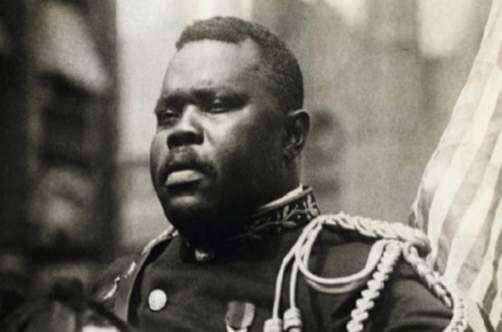Denzil Forrester wants you to look at his paintings, feel like you can enter them, and “walk into the dance hall.”
Color and movement blend with themes of dancehall music, Rastafarian faith, and police brutality on his canvases. The Grenada-born Britton’s new exhibit is currently at the Institute of Contemporary Art, Miami (ICA Miami) in Denzil Forrester: We Culture. The collection features a comprehensive and in-depth overview of his works from his earliest years to his recent pieces.
Born in 1956 on the picturesque island of Grenada, Denzil Forrester was only three years old when his mother moved to London, leaving him, as so many did during that time, to be raised by trusted neighbors. In this case, “Ma Pets” and “Pa Clame,” are the couple next door. Forrester stayed with the couple until the age of 7 when he joined his mum in Great Britain.
Forrester became interested in art at around 16 years old, with the outlet of painting providing him a comfortable way to express his feelings. He attended Central School of Art and Design, where he received guidance from helpful tutors and met like-minded people, such as his partner Phillippa and her father Alan Clayden, who ran an art studio nearby.
Childhood memories of Caribbean life remained with him, influencing his creative work. Color, movement, action and rhythm became signatures of his painting style. His bold fine art pieces depict the UK’s Black experience, exploring themes as different as night is from the day.
The growing presence of Rastafarian culture is also prominent in his art. The clubs he visited in London attracted many Rastafarians, and the sound of DJ Jah Shaka, which had a hypnotic, ancestral presence that made the audience feel purified, strong, and liberated, pulled Forrester in. “I was drawn to Shaka’s sound because he was doing something different in his creative performance. Shaka didn’t isolate himself from his audience. [He was] always performing on the dancefloor as a part of the crowd. He united people through sound.”
See the entire article at: Island Originals Magazine



